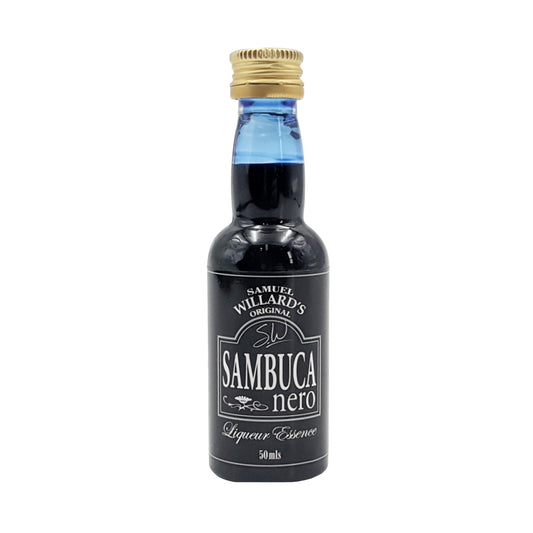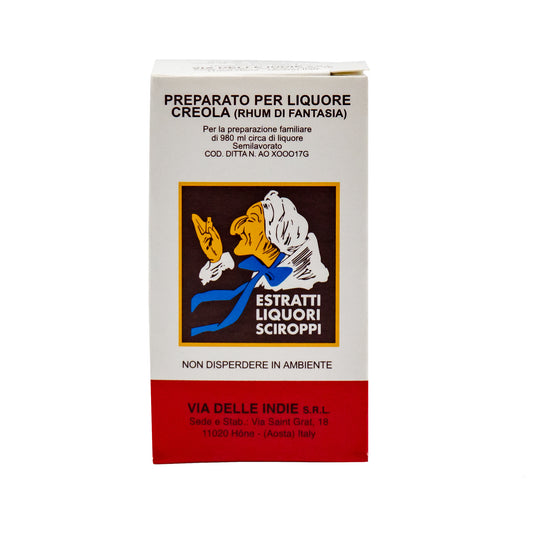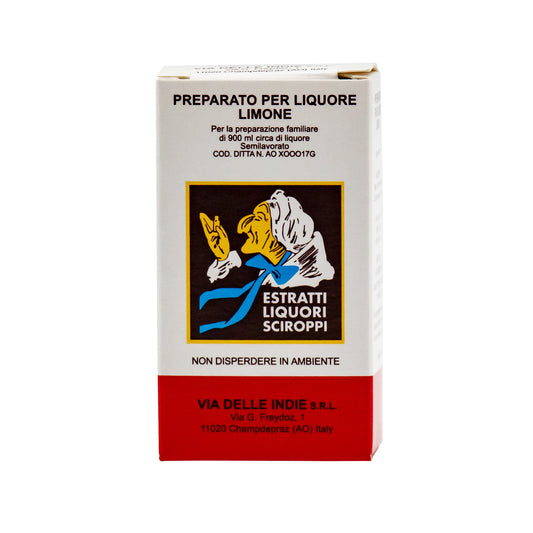Wow! What a fun night we had at our recent homemade Passata Making course at the Reservoir store. You couldn't have asked for a more authentic workshop to learn the craft of preserving tomato sauce, and we know that our participants walked away inspired and will be planning their own backyard 'passata days'. Our passata making course was instructed by our very own Pina and Celeste. Pina and her family have been having annual passata days for over 20 years now. Celeste inspired and entertained the class with her funny stories and mouth-watering recipes.

At Home Make It, we have adopted Pina's method of preserving tomatoes and making passata, following the unrelenting protests that her families' method was the best! But we know that there are many different methods of making passata. You only have to ask any one of our customers and they'll tell you 'their method is the best'! Pina is passionate about her families' backyard food traditions. Whether we are talking about salami, pasta or pizzelle, she'll also tell you that her families' method is the best ;)
The course commenced with a run down of the different methods for making passata and the importance of sterilising the bottles and equipment. We were then shown the different options for equipment that can be used and available, including the manual and electric machines.


We pride ourselves on our workshops being 'hands on' and this passata course is no different. We put our participants to work straight away. Pina and Celeste had already sterilised all the bottles and equipment, and washed and dried the Roma tomatoes before we arrived, so our first job was to cut the tomatoes into quarters. We do this to cut out the flat stem, also to check that there are no rotten bits within the tomato, which could spoil the 'juice'.


Between the 8 of us, we got through preparing the large box of tomatoes pretty quickly. Our FLB machine with electric motor and sauce attachment was set up and we put them through our machine using a plunger. This process separates the skin and the pulp from the tomato juice. We followed on by putting the skins and pulp through a second time to extract the juice further, adding some juice with the skins and pulp to look after the machine. If the skins are too dry, this can cause stress on the machine's motor.


It was then time to bottle our tomato juice. We added a couple of fresh basil leaves to our already sterilised bottles. This is optional though. This job was made easier with our no spill bottle fillers which have been attached to our crates and buckets. We left a small space between the top of the bottle and the juice, to allow for the tomato juice to expand during the boiling process. We filled the bottles quickly and sealed them with a lid, careful to make sure the lid was on tight (but not over twisting, as this can also cause problems during the boiling process). You can largely avoid these problems however by using our lids.

All that was left to do then, was to carefully stack the bottles in our aluminum cooking pot, fill with water to the top and bring to the boil. It's useful to lay some cloth or toweling in the bottom of the pot and cover the top of the bottles to minimise the bottles rattling around during the boiling process. Once to the boil, the bottles or jars should be boiled for approximately two hours. This process sterilises the bottles and preserves the tomatoes. If stored in a cold dark area, these bottles will keep for years.

Your passata is then ready for use, to be the basis for any of your favorite pasta sauces, pizza sauces, casseroles or risottos. How you cook it up is up to you! I personally like to add a little garlic, chill and onion. It's an awesome base for spaghetti pescatora, or just as nice for a simple spaghetti Napoli. There are no limits to what you can do!

We ended the evening with a delicious pasta dish cooked for us by Celeste. We sat down to a massive bowl of pasta made with Pina's passata sauce from last year and Celeste's sugo recipe, a bottle of wine and some yummy pastries. What a feast! And what a delightful end to a great evening!

If you would like to see more photos from the evening, you can view them on our Facebook Page.
If you are interested in attending one of our homemade passata making courses, call our Reservoir Store on 9460 2777 or Clayton Store on 9574 8222 to find out more or register your interest.
Below is one of Celeste's recipes for making homemade fresh passata. Have fun!!
__________________________________________________________________________

Tomato Passata/Sauce Recipe:
(Cooked Method - Ready to heat and serve)





